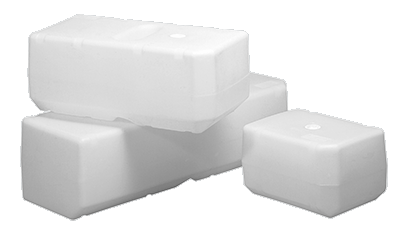I removed my fuel tank, pumped it dry, then did a poor man's polishing by putting about 1/2 gallon of fuel in, sloshing it vigorously until my back shot fire out my neck, then pouring the tank out through a baja filter into a container.
It took me about 2 hours, but eventually the bottom of the tank was about 99% clear and the stuff I poured out was consistently going through the filter cleanly. It wasn't as bad as some of the horror stories I read here, but there was definitely a layer of nastiness.
The first few iterations were pretty nasty with sediment, possibly some kind of algea? I don't know... What I'm wondering is, should I filter the 10 gallons I have and pour it back into the tank, or is it more likely contaminated beyond re-use?
More background information: The fuel sat for about 2 years during the refit.
I'm not trying to be cheap, I just don't like the idea of disposing of 10 gallons of toxic stuff if it's ok to use. Any thoughts?
Thank you,
Chris
It took me about 2 hours, but eventually the bottom of the tank was about 99% clear and the stuff I poured out was consistently going through the filter cleanly. It wasn't as bad as some of the horror stories I read here, but there was definitely a layer of nastiness.
The first few iterations were pretty nasty with sediment, possibly some kind of algea? I don't know... What I'm wondering is, should I filter the 10 gallons I have and pour it back into the tank, or is it more likely contaminated beyond re-use?
More background information: The fuel sat for about 2 years during the refit.
I'm not trying to be cheap, I just don't like the idea of disposing of 10 gallons of toxic stuff if it's ok to use. Any thoughts?
Thank you,
Chris






